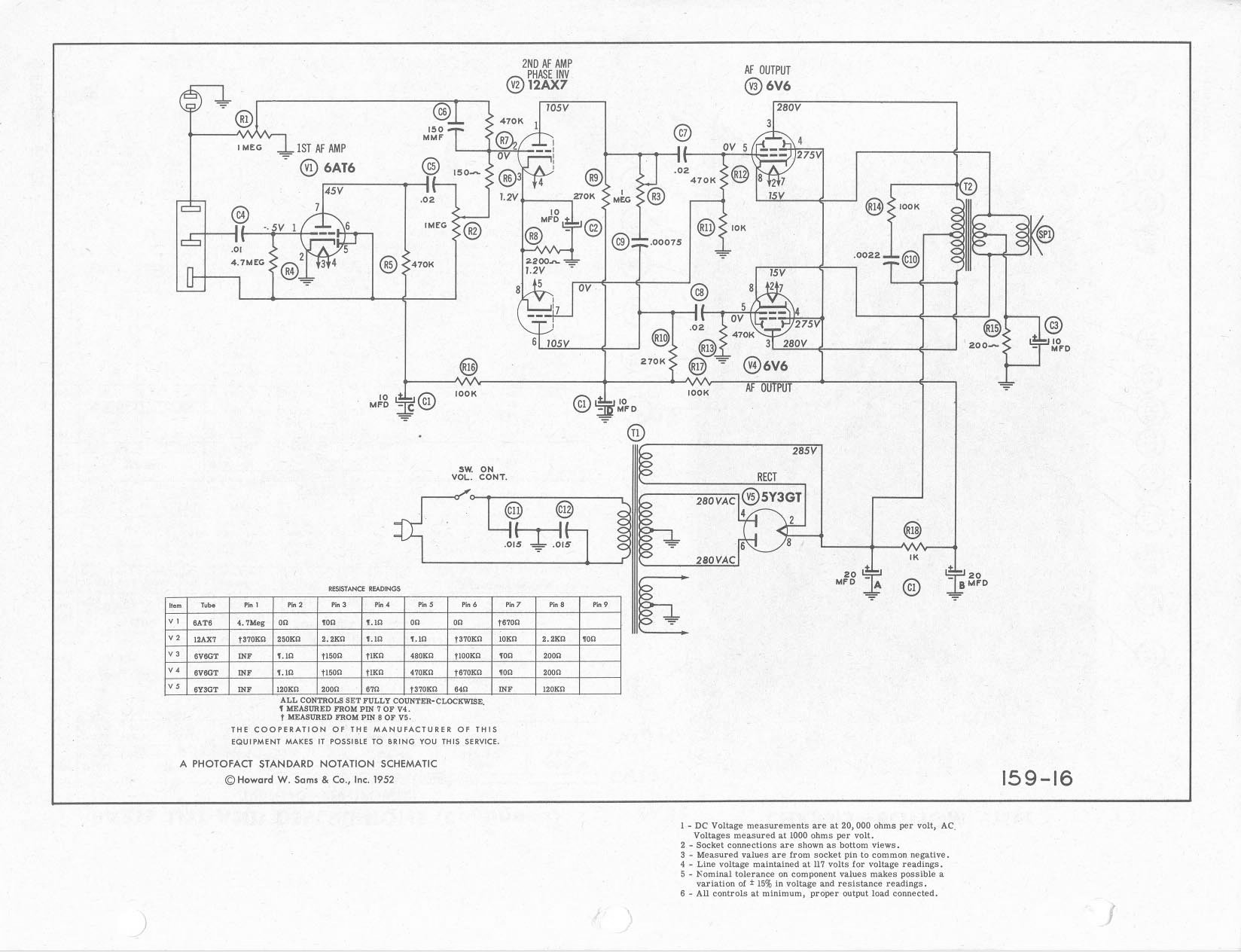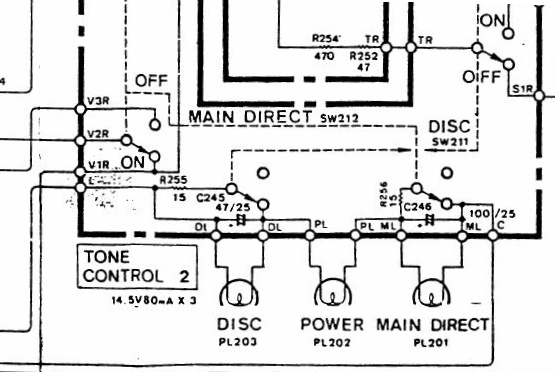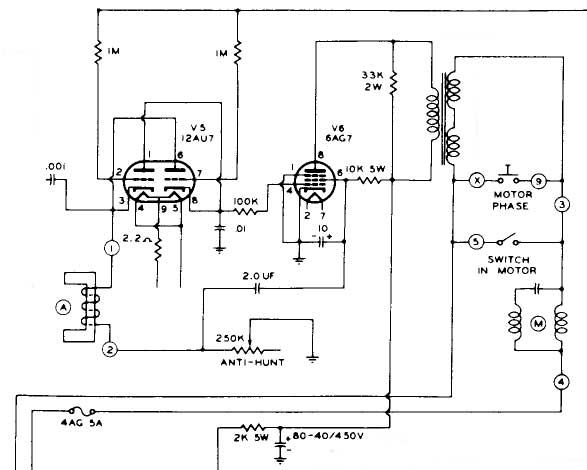
Restoration project: Webster-Chicago 166-1

This is an old Webster-Chicago 166-1 amplifier that has been owned for several years, and a friend has volunteered to restore it.
The Webster-Chicago 166-1 amplifier is a vintage audio amplification device known for its robust construction and distinctive sound quality. Typically, such amplifiers utilize vacuum tube technology, which contributes to a warm audio output that many audiophiles appreciate. The amplifier may feature a power supply section, which converts AC mains voltage into the necessary DC voltages for the amplifier circuits.
The input stage of the amplifier is likely designed to accept line-level signals from various audio sources, such as turntables, CD players, or other audio equipment. This stage may include a preamplifier circuit that boosts the input signal to a suitable level for further amplification.
The output stage is where the main amplification occurs, often employing output transformers to match the impedance of the speakers. This stage may utilize several vacuum tubes, each playing a critical role in the amplification process. The design may also incorporate feedback mechanisms to enhance sound fidelity and reduce distortion.
In terms of restoration, attention should be given to the capacitors, resistors, and tubes, as these components may degrade over time. Replacing old capacitors with modern equivalents can improve reliability and performance. It is also essential to check the integrity of the circuit board and connections to ensure proper operation.
The amplifier's chassis and faceplate should be cleaned and restored to preserve its aesthetic appeal while maintaining the vintage character of the device. Overall, restoring a Webster-Chicago 166-1 amplifier can be a rewarding project that combines technical skill with a passion for vintage audio equipment.I`ve had this old amp for about years, and friend of mine has volunteered to do the work to restore it. This is a Webster-Chicago 166-1 amplifier.. 🔗 External reference
The Webster-Chicago 166-1 amplifier is a vintage audio amplification device known for its robust construction and distinctive sound quality. Typically, such amplifiers utilize vacuum tube technology, which contributes to a warm audio output that many audiophiles appreciate. The amplifier may feature a power supply section, which converts AC mains voltage into the necessary DC voltages for the amplifier circuits.
The input stage of the amplifier is likely designed to accept line-level signals from various audio sources, such as turntables, CD players, or other audio equipment. This stage may include a preamplifier circuit that boosts the input signal to a suitable level for further amplification.
The output stage is where the main amplification occurs, often employing output transformers to match the impedance of the speakers. This stage may utilize several vacuum tubes, each playing a critical role in the amplification process. The design may also incorporate feedback mechanisms to enhance sound fidelity and reduce distortion.
In terms of restoration, attention should be given to the capacitors, resistors, and tubes, as these components may degrade over time. Replacing old capacitors with modern equivalents can improve reliability and performance. It is also essential to check the integrity of the circuit board and connections to ensure proper operation.
The amplifier's chassis and faceplate should be cleaned and restored to preserve its aesthetic appeal while maintaining the vintage character of the device. Overall, restoring a Webster-Chicago 166-1 amplifier can be a rewarding project that combines technical skill with a passion for vintage audio equipment.I`ve had this old amp for about years, and friend of mine has volunteered to do the work to restore it. This is a Webster-Chicago 166-1 amplifier.. 🔗 External reference





